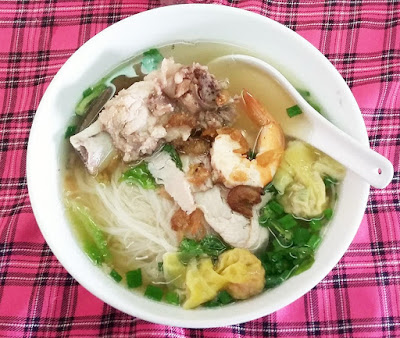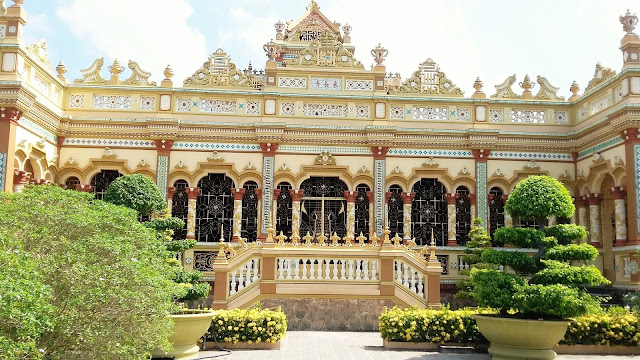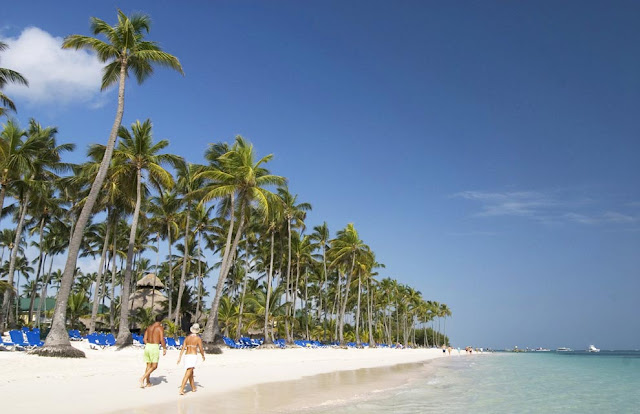It's my 3rd time in Mekong Delta and it was a 3-day long trip. Everytime I get here, I always have different feelings to the area. I still remember about my 1st time visit when I was in my university. We spent about one week to go through the Mekong Delta from top to toe. My teacher told me all the tales and jokes involved in the land and its people. All were very interesting to me, however, those information didn't last long in my mind. 3 years later, I took a short course about guiding and I had one more trip to Mekong Delta. Therefore, I had the second chance to know more about the area.
Read my trip here:
Discovering Mekong Delta in One Day
For this time, I don't want to write about my detailed schedule, I will make it a little bit different so I will list some activities you can enjoy while visiting Mekong Delta. Hope you guys like it ^^
If you want to visit Mekong Delta someday, my information can be helpful for you. Hope you guys like it.
Read my trip here:
Discovering Mekong Delta in One Day
For this time, I don't want to write about my detailed schedule, I will make it a little bit different so I will list some activities you can enjoy while visiting Mekong Delta. Hope you guys like it ^^
- Visit a Local Temple and Study its Religion
On this land, beside the religions that have been brought in from abroad or brought by migrant groups such as Buddhism, Catholicism, Islam, Protestantism, there are also many religions that born here with local nuances. For example: Bửu Sơn Kỳ Hương, Tứ Ân Hiếu Nghĩa, Cao Đài, Hòa Hảo. These religions are often integrated by doctrines derived from other religions which makes here become a diverse religion land. Therefore, temples, pagodas architectures here are the combination of many styles from all over the world. Mekong Delta is a young land just over 300 years old; however, it is home to many religions.
 |
| Cao Đài Temple |
 |
| Vĩnh Tràng Pagoda |
- Enjoy Fresh Fruits and Vegetables
Although the area of agriculture is just less than 30% of the whole country, Mekong Delta contributes more than 50% rice productivity. Rice is grown mostly in An Giang, Long An, Đồng Tháp and Tiền Giang provinces. As a result, the Mekong Delta is the main rice export area. In addition, Mekong Delta is also famous for its fruits. You can easy find grapefruit, rambutan, longan, pineapple, oranges, durian, dragonfruit, mango, milkyfruit, watermelon, coconut, tangerine, etc in any local house garden.
You should try as much fresh fruits as possible. Picking fruits from trees is also a very nice experience for Mekong Delta's visitors.
I do love durian and mangosteen from here. What are your fav fruits? Mekong Delta sure is a kingdom for fruits-lovers.
You should try as much fresh fruits as possible. Picking fruits from trees is also a very nice experience for Mekong Delta's visitors.
I do love durian and mangosteen from here. What are your fav fruits? Mekong Delta sure is a kingdom for fruits-lovers.
 |
| Mekong Delta's fruits |
 |
| Mekong Delta's vegetables and flowers |
- Take a Cruise and Behold the Floating Market
Mekong Delta is the land of rivers. Therefore, the most popular transport here is neither cars nor scooters, that is boats, a ton of boats, from little to big or super big ones.
Hopping on an arrow-boat and cruise to the unique and stunning floating markets (Phong Điền, Cái Răng) is a must-try for travellers. Sitting back on boat and drinking morning coffee served by a coffee boat. Watching the view of green and beautiful channels of the Mekong River stretching along rural villages. Observing floating traders who have been happily living their floating life. You will feel like a local.
Hopping on an arrow-boat and cruise to the unique and stunning floating markets (Phong Điền, Cái Răng) is a must-try for travellers. Sitting back on boat and drinking morning coffee served by a coffee boat. Watching the view of green and beautiful channels of the Mekong River stretching along rural villages. Observing floating traders who have been happily living their floating life. You will feel like a local.
Tips: You should wake up around 5AM to behold sunrise on the river and reach the floating markets at the most crowded time (6AM- 7.30AM). If you go there too late, there will not much to see.
 |
| Mekong River |
- Visit a Traditional Local Factory
 |
| Local Brick Factory |
- Riding/ Driving in the Nature
Tips: You can use bike or scooters to get around in the area but roads might be slippery after rain.
 |
| Banana Jungle |
If you want to visit Mekong Delta someday, my information can be helpful for you. Hope you guys like it.
8 August, 2017.
Website: MissHolidaySaigon
Facebook: MissHolidaySaigon
Instagram: MissHolidaySaigon
Email: missholidaysaigon@gmail.com
























































